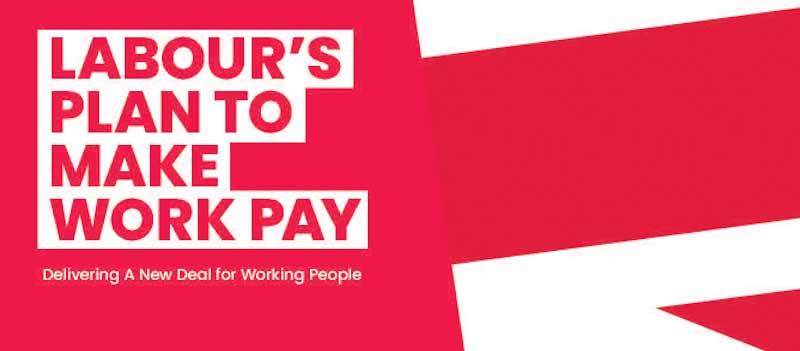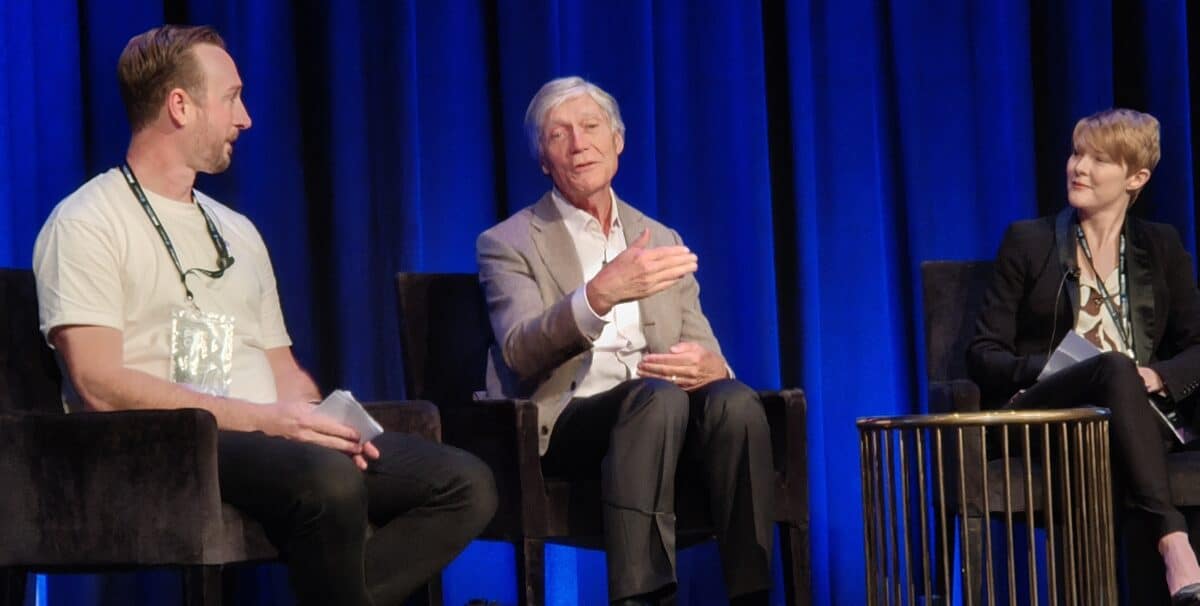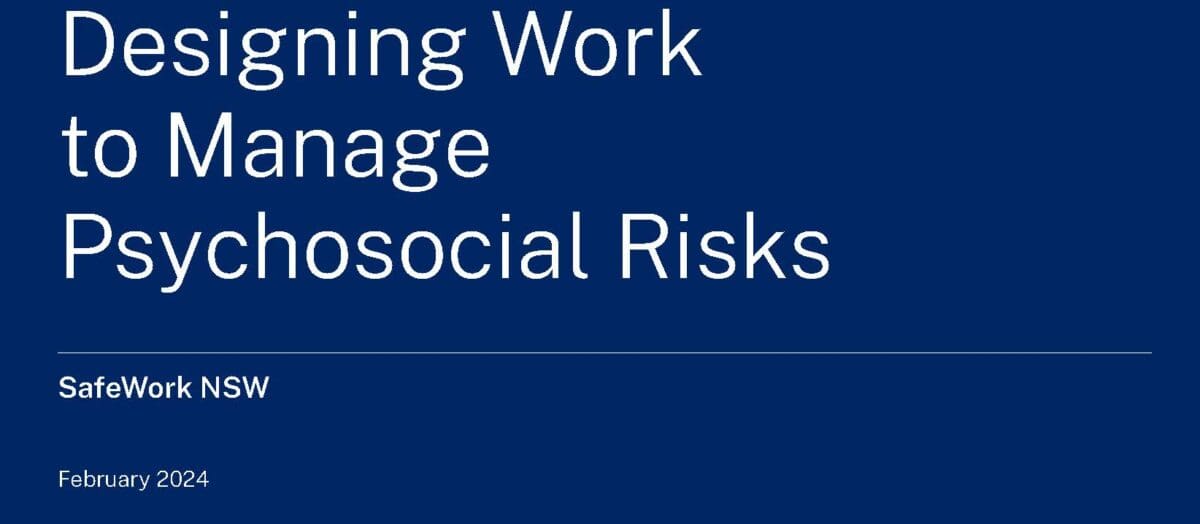Later this week, the United Kingdom hosts an election which the Labour Party, the “party of working people,” is expected to win. Its party manifesto has been out for some time, but its workplace strategy has received less attention. Given the synergies between the UK and Australian industrial relations and occupational health and safety (OHS), Labour’s Plan to Make Work Pay, deserves an outsider’s analysis.
Category: design
Initial report on Psych Health and Safety Conference
Half way through Day 1 of the Psych Health and Safety Conference and it often feels like we are sitting at a dinner party of organisational psychologists, listening in to a conversation of respectful work colleagues. Some conversations are honest, some are uncomfortable and some are reassuring, but all are interesting.
Broadening the OHS perspective
Over the last decade, the occupational health and safety (OHS) profession has been challenged by a new perspective on OHS and its professional interaction with it. Safety Differently, Safety II or some other variation are important and intriguing variations, but they seem to remain confined to the workplace, the obligations of the person conducting a business or undertaking, and/or the employer/employee relationship. The interaction of work and non-work receives less attention than it deserves.
Many OHS professionals bemoan OHS’ confinement to managerial silos but continue to operate within their own self-imposed silo. One way for OHS to progress and to remain current and relevant is to look more broadly at the societal pressures under which they work and how their employees or clients make OHS decisions. Some recent non-OHS books and concepts may help.
Workplace deaths are convenient for no one
I don’t believe that International Workers Memorial Day (IWMD) or the World Day for Safety and Health at Work should be held on any day other than April 28 each year. I don’t think Christmas should be moved or ANZAC Day. All these days are of significant cultural importance in Australia, and each of these dates has been set for the last few decades in the case of IWMD and ANZAC Day, and centuries for Christmas. Commemorating International Workers’ Memorial Day on a different day places logistical reasons and convenience above the significance of the day and the message it gives to the community.
Continue reading “Workplace deaths are convenient for no one”Don’t be a slouch on workstation ergonomics
Office ergonomics is one of the most misunderstood and misrepresented areas of occupational health and safety (OHS). The issue of posture was discussed in an article in the New Yorker on April 15, 2024, based on a new book – “Slouch: Posture Panic in Modern America” by Beth Linker. Rebecca Mead writes that Linker analyses a time when:
“… at the onset of the twentieth century the United States became gripped by what she characterizes as a poor-posture epidemic: a widespread social contagion of slumping that could, it was feared, have deleterious effects not just upon individual health but also upon the body politic. Sitting up straight would help remedy all kinds of failings, physical and moral, and Linker traces the history of this concern: from the exchanges of nineteenth-century scientists, who first identified the possible ancestral causes of contemporary back pain, to the late-twentieth-century popularity of the Alexander Technique, Pilates, and hatha yoga.”
links added
Safety Systems of Work receives some clarity
Employers and their representatives have long claimed to not understand their occupational health and safety (OHS) obligations and include OHS in their spurious claims of government “red tape”. These claims have become a business mantra but it is BS. OHS is not separate from running a business, making business decisions, or even designing a business at the earliest concept stages. OHS exists in these processes even if the business owners fail to accept it.
But Australia’s OHS regime does have its blind spots. A major one is the lack of explanation for a “safe system of work“. But SafeWork’s new Designing Work to Manage Psychosocial Risks guidance offers some clarity. Maybe what has been largely ignored in the past has a renewed (psychosocial) relevance.
Work (re)design needs government subsidies to succeed
Last week, SafeWork New South Wales progressed the management of psychosocial hazards at work with the release of its Designing Work to Manage Psychosocial Risks guidance. This document has been a long time coming and offers significant advice on how work and people management needs to change in order to prevent psychosocial hazards. However, its implementation is likely to generate considerable opposition and confusion, or even organisational shock, if it is not able to convince employers of increased profitability and productivity from making the change.






